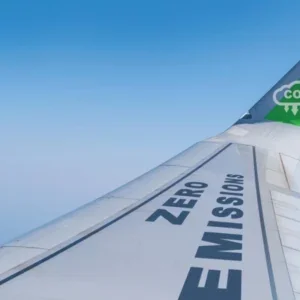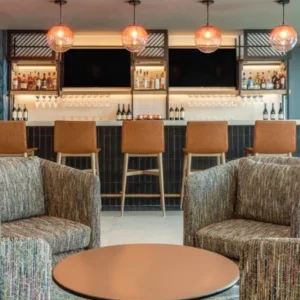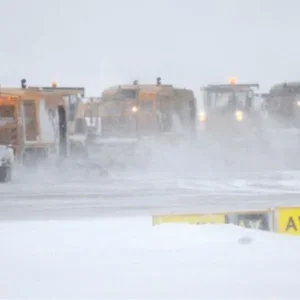What are the important things for operators to consider about passenger flow through their airports?
Tuukka Pakkala: When it comes to airports, proper consideration must be paid to the efficient vertical transportation of passengers, not least for those who find themselves in a rush and need to get to the gate quickly.
This has to be balanced against affording the possibility for everyone passing through the terminal space to easily access all of its areas, especially people who have the time to indulge in a little shopping or a visit to a restaurant. Travellers are much more likely to enjoy the experience when they feel that everything is under control.
Why should operators turn to KONE, as opposed to other suppliers, for their escalator and elevator needs?
At KONE, we establish relationships with customers that last for the lifetime of the building. We become people flow partners, and as such, we design our solutions using complex analysis and simulation tools. What’s more, we adjust our processes to the airports we work with to ensure our maintenance and modernisation services suit their environments.
We therefore make it our business to know the equipment inside and out, in addition to the anticipated pressures placed upon it and its capacity for upgrades
To understand the full life cycle of the escalator and elevators we provide our clients, we use reliability, availability and maintainability (RAM) methodology, which offers airport operators a full understanding of the lifespan of the different pieces of equipment and thus helps them in their asset management.
How do KONE’s people flow solutions help airports streamline their management of passenger numbers while boosting revenue?
Good planning is paramount in maximising the potential of any airport. In that respect, well-planned people flow not only helps guide passengers to the enjoyable shopping and dining areas, but also allows them to have a pleasant experience doing so.
This is why we often work with airports in the early phases of design and planning.
On the other hand, we work closely with airport operators for proper asset management. By using RAM methodologies we can more easily indicate to operators how much should be invested in the future and when, saving them money in the long term. We also thoroughly plan all of our maintenance visits so as to minimise disturbance to passengers.
One set of solutions that has helped us achieve these goals is our suite of KONE 24/7 Connected Services. By deploying IoT technology, we connect our equipment to the cloud and, thanks to our partnership with IBM and its Watson AI system, transform the data obtained into actionable insights. We can therefore often fix a problem before it happens. For this reason and others, our innovative edge has been repeatedly recognised as number one in our industry by Forbes.
How has KONE applied its engineering expertise to rationalise people flow to such a degree of success at Oslo International Airport, in Norway?
Oslo is one of the busiest airports in Europe, and it’s set to get a lot busier, with capacity being boosted by the operator to 35 million travellers; during this expansion, KONE was already there to help in the planning phase of the vertical and horizontal transportation solutions – and indeed green solutions. To that end, we studied customer requirements and provided maintenance support, all within a project environment that saw some of the strictest environmental and space efficiency standards in Europe.
KONE also built regenerative drives into the elevator systems, which converts their excess energy into electricity that can be used elsewhere in the airport, and prioritised LED lights in the car interiors. All in the service of an airport that has ambitions not only to become one of the busiest in Europe, but also one of the greenest.






